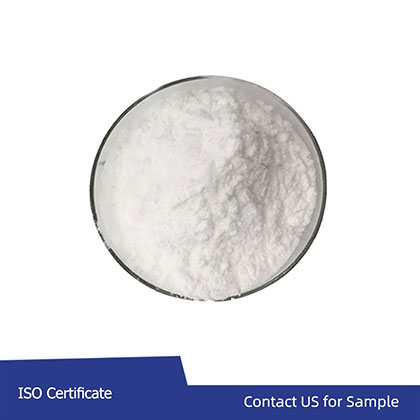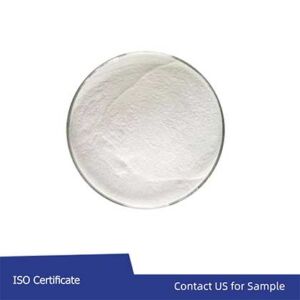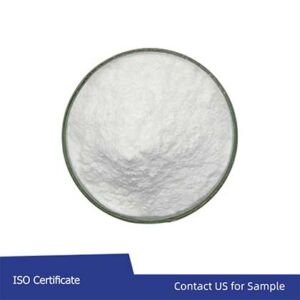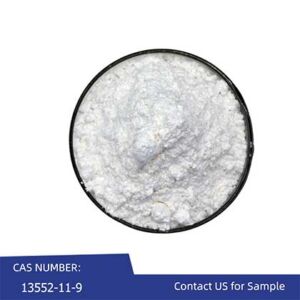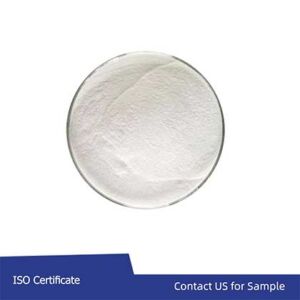Chinese name: Ambroxan
Chinese synonyms: Ambroxan; L-Ambrox; Dodecahydro-3a,6,6,9a-tetramethylnaphtho[2,1-b]furan; (-)-Ambrox; Jianglong Salivary ether; Norbroxan; 1,5,5,9-Tetramethyl-13-oxatricyclo[8.3.0.04,9]tridecane; Ambergris tincture
English name: Ambroxane
CAS number: 6790-58-5
Molecular formula: C16H28O
Molecular weight: 236.39
EINECS Number: 229-861-2
Ambroxan Chemical Properties
Melting point 74-76 °C(lit.)
Specific rotation -30 º (c=1% in toluene)
Boiling point 273.9±8.0 °C (Predicted)
Ambroxan Usage And Synthesis
Chemical Properties Solid crystalline. The melting point is 75-76°C, and the boiling point is 120°C (0.133kPa). The flash point is 161°C.
Use Ambroxan has a strong, special ambergris aroma. Used in high-end perfumes and cosmetic essences, because it is non-irritating to the human body and has no allergic reactions to animals, it is very suitable for use as a fragrance for skin, hair and fabrics. It is often used in soaps, talcum powders, creams and shampoos for adding fragrance and setting fragrance. The general dosage is 0.1%-0.2%. Freshly distilled pure product, its aroma is not outstanding, when diluted with alcohol to 10%, and exposed to the air for a period of time, the aroma will become softer and more mellow and beautiful. The fragrance-fixing effect of this product is outstanding, which can greatly improve the diffusion and penetration of the essence. The enhancement and enhancement effect starts from the top fragrance of the essence and continues from beginning to end.



